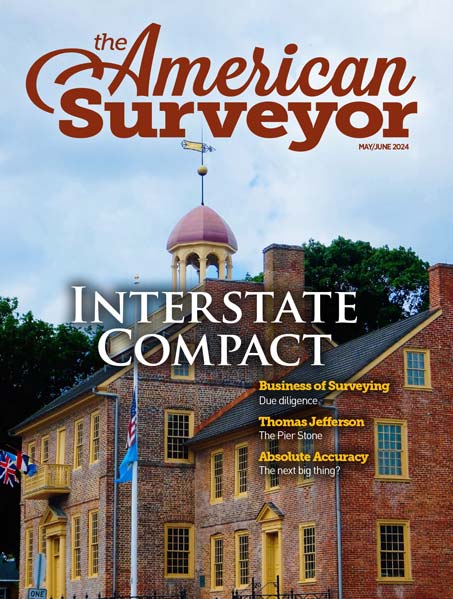The Integrated Cadastral Information Society (ICIS) is a partnership of British Columbia’s major utilities, provincial government ministries and crown corporations and local governments. Their vision is a simple yet compelling one: to create a single source of high quality, integrated provincial land and land-related data.
Provincial government ministries and agencies and major utilities support ICIS through human resources and data contributions and membership fees. Local governments contribute their land-related data.
- Contributing agencies include:
- BC Assesment authority
- BC Land Commission
- MSRM
- Land & Water BC
- Terasen Gas
- BC Hydro
- Duke Enery
- Telus Communications
- Shaw Cable
- To date, 115 out of 182 local government agencies are currently on board. this is up from just 31 last year!
ICIS data offers its members significant value through ready access to a wide variety of land information applications, including:
- Facilities and Infrastructure planning and management, i.e. location of underground and overhead services;
- Planning, i.e. analyzing impacts of proposed zoning (Call Before You Dig);
- Integrated Registry, i.e. managing all registered interest in lands using integrated cadastral fabric;
- Governance, i.e. analysis of any data set with geographic components;
- Disaster planning/emergency response, i.e. police, fire, hospitals, ambulance;
- Public Property Inventory, Management and Asset Valuation;
- Forest Fire and Private Property Protection, i.e. enables an assessment of where wild fires may encroach on private land;
- Maintenance of administrative boundaries, i.e. electoral areas, agricultural land reserves; regional local government;
- Land development, real estate and related legal and financial transactions.
Core Data includes, with respect to any parcel of land, as applicable: information from TRIM; parcel and interest fabric from Tantalis; parcel title information from the Land Title system; location of utility underground infrastructures and above ground poles; location of municipal infrastructure (e.g. sewer, water); street address; legal description; parcel identifier (pin or pid); Folio Identification number; administrative boundaries (electoral areas; local government boundaries; Agricultural Land Reserve; Indian Reserves; provincial and federal parks; provincial government administration areas; Assessment areas; Land Districts; and Land Title Districts.
Local government, utilities, and provincial crown corp’s are encouraged to take part in helping to develop this provincial framework. Much of the efforts of ICIS are focused on explaining why member groups should take part and share their data. So why ICIS?
- to help develop and work in mapping standards
- contribute to developing a seamless parcel base
- share mapping & land data
- coast savings
This innovative concept is a fine example of building on and expanding a Provincial-wide geospatial data framework and will ensure that it’s stakeholders are involved in the development and maintenance a stable, open, and interoperable digital land base that industry and government can build upon. So what’s next? Acording to Dilsher Virk, General Manager ICIS, in the near future an RFP for a service provider will be issued… stay tuned.
